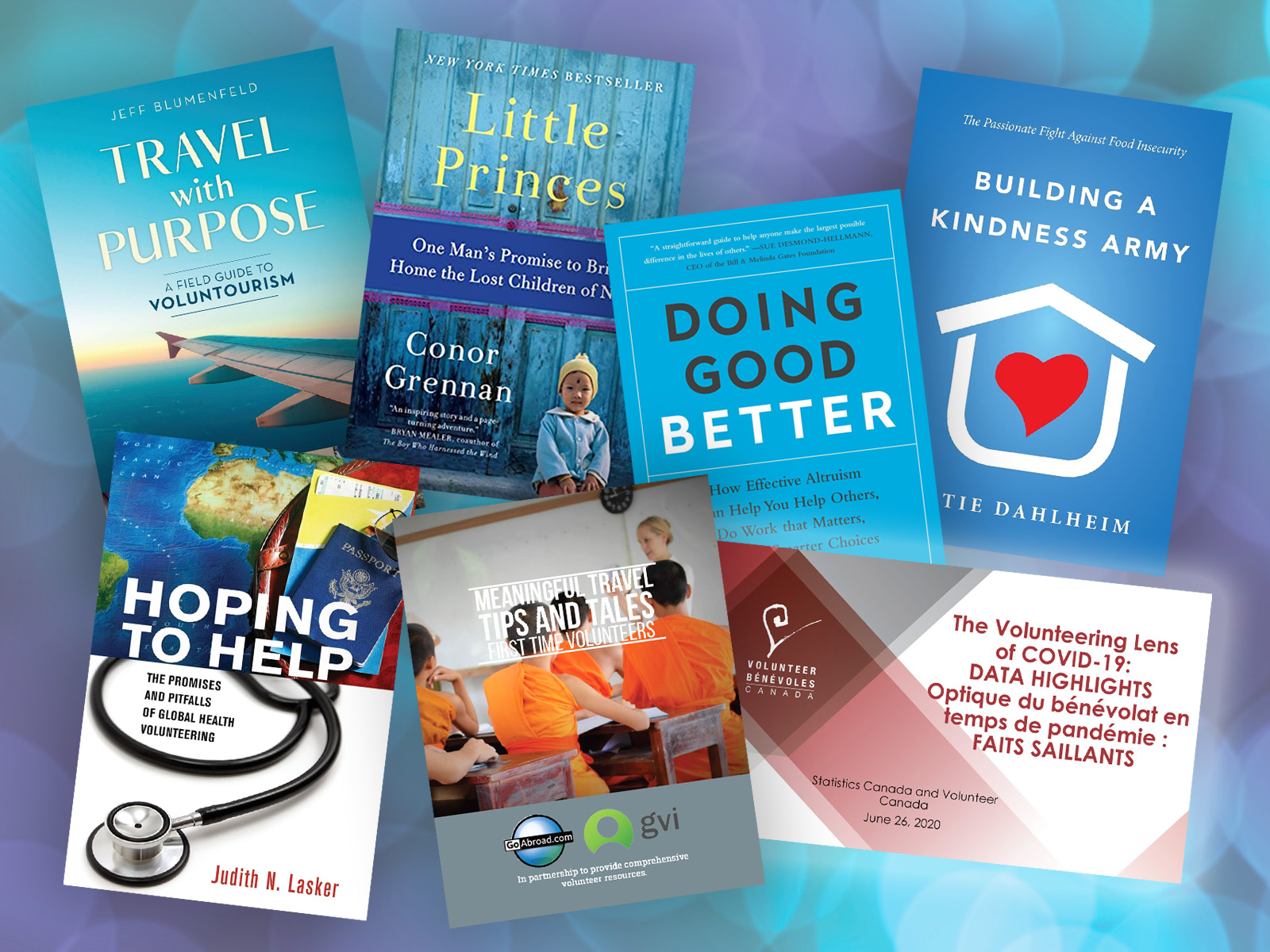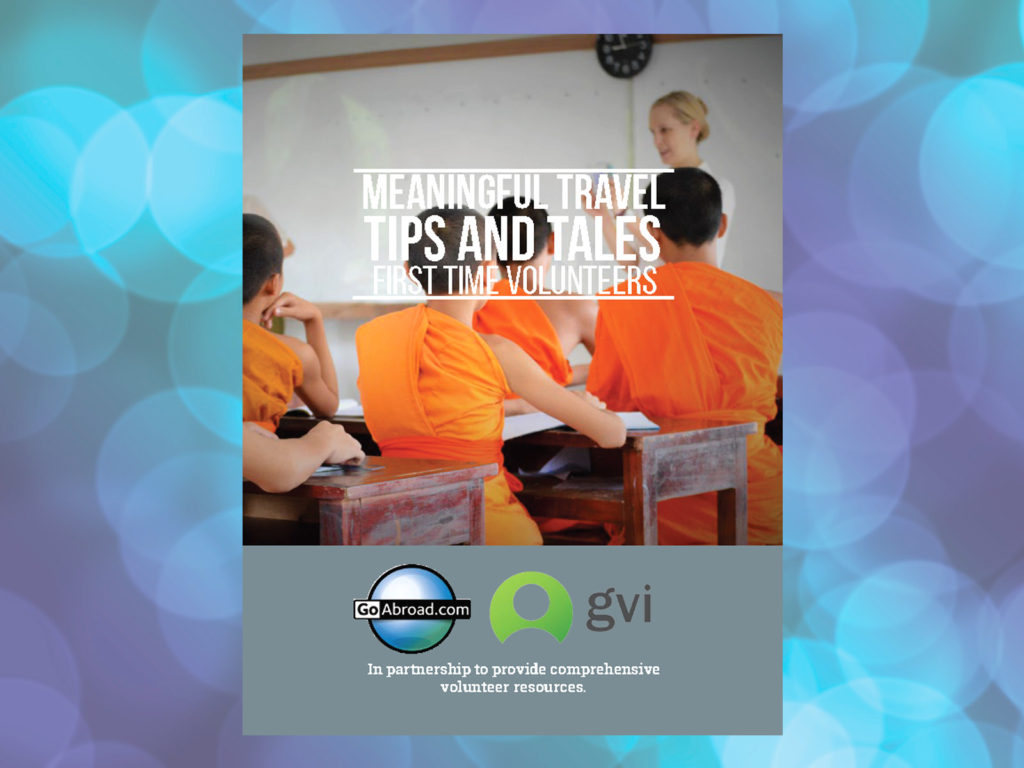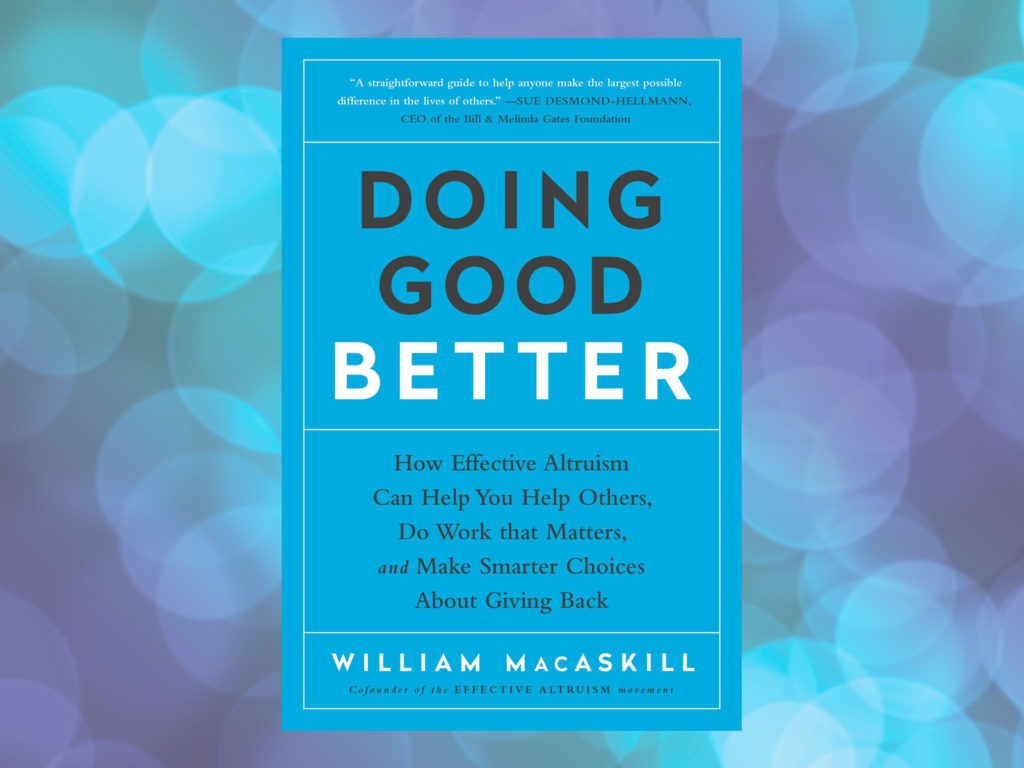4 reasons not to retire
When asked, older adults said they:
1) Find fulfillment in an organization’s work.
2) Want to improve their retirement finances.
3) Enjoy supporting worthy causes.
4) Stay engaged and mentally sharp.

Tradition vs reality
Age 65 has generally been considered the age for full retirement. When the Canada Pension Plan was established in 1965, men were expected to live to 69 and women to 75. With life expectancy rising to 80 years for men and 84 for women, and many people living well past that, the days of retiring at 55, or even 65, may be long gone for many Canadians.

Use it or lose it
Evidence shows a strong correllation between age at retirement and a person’s risk of developing dementia. Results indicate the benefits of staying at work longer and maintaining high levels of cognitive and social stimulation. In fact, among healthy retirees, a one-year older age at retirement was associated with an 11 per cent lower risk of all-cause mortality independent of their sociodemographic, lifestyle and health situation.

Perceptions of older workers
Positive:
• Bring more knowledge, wisdom and life experience
• Are more responsible, reliable and dependable
• Are a valuable resource for training and mentoring
Negative:
• Have higher healthcare costs
• Command higher wages and salaries
• Are less open to learning and new ideas

Don’t lose touch
Strong social connections are key to physical and mental well-being. Conversely, the effects of prolonged isolation are said to be equivalent to smoking 15 cigarettes a day.

What are reskilling and upskilling?
Changing industries is called “reskilling.” A culture of upskilling, on the other hand, teaches employees additional or enhanced skills to bridge a company’s talent gap. “Upskilling” is a strategy that helps advance an employee’s career path and helps employers keep valued employees during changing times.

Never stop learning
In Japan, the Labour Act supports older adults working until age 70. It urges employers to raise mandatory retirement age to 70 or, in some cases, abolish retirement all together. Masako Wakamiya of Japan shows that age has nothing to do with learning. She bought her first computer at age 58, then invented Excel art, using Microsoft Excel as a design tool for clothes and decorative round fans. At age 81, she became the world’s oldest app developer when she created “hinadan,” a game for older users.

Stumped for job ideas?
Based on your interests, here are some suggestions for roles to consider:
If you want to stay working in a similar field:
• Consultant/researcher
• Writer/editor/subject matter expert
• Tutor/lecturer/teacher/teacher’s assistant
• Project manager/planner
If you still want social contact:
• ESL or FSL teacher
• Retail service
• Tour guide
• Greeter or usher
• Casino worker
• Uber driver or courier
• Caterer
• Older model
If you want to help others:
• Tutor or childcare worker
• Home health aide
• Library assistant
If you want less physically challenging work:
• Virtual admin assistant
• Tax preparer or auditor
• Online seller
• House or pet sitter
If you want to work to stay active:
• Pet walker or trainer
• Handyperson or painter
• Coach or referee
• Security guard or usher
• Gardener or handyperson
If you have a hobby or passion:
• Musician, singer or teacher
• Creative writer or memoirist
• Blogger or writer
• Artist/craftsperson

Did you know?
Homemakers are considered excellent at organizing and managing daily tasks. Therefore, event planners, personal shoppers or home health aides are ideal professions or experienced homemakers to consider.




















